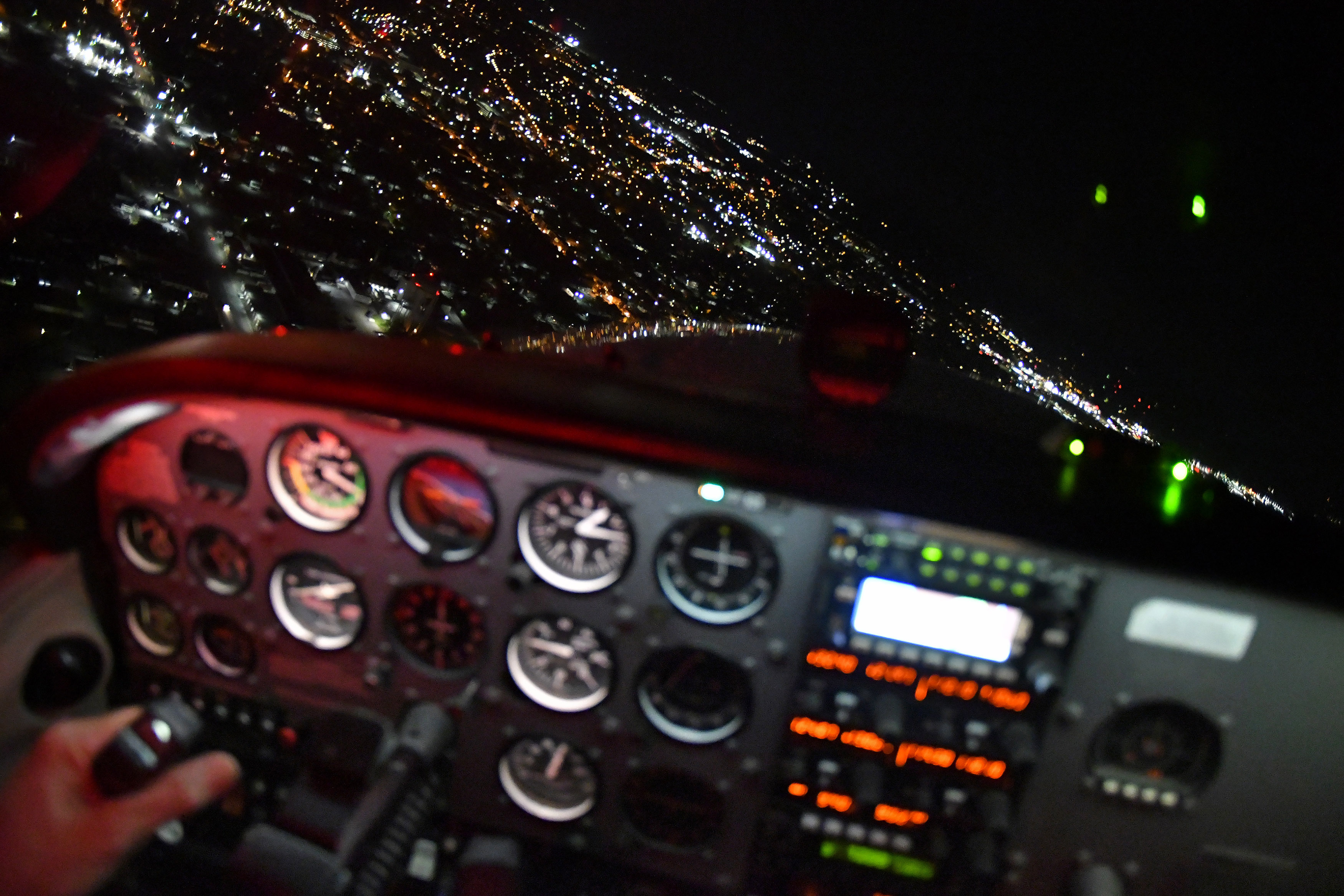Training Tip: Close doesn't count
How reassuring. We have two airports plainly visible as we fly a single-engine airplane at fairly low altitude in the gathering darkness. But when I ask the pilot next to me, who is taking his flight review, which one he would head for if the engine stopped right now, puzzled silence prevails.

Maybe that’s not so surprising. We have reached the halfway point of a 10-nautical-mile hop from Airport A, a nontowered airport with two adequate-length runways, to Airport B, a towered airport with one extremely long runway. Assuming we could establish a 500-foot-per-minute descent rate in a glide, or better, while covering a mile or more over the ground, both airports should be reachable—if just barely.
Groundspeed is a big variable. We are bucking 10 knots of headwind toward the bigger airport, where the wind has come up just in the last few minutes. But would we be any better off reversing course to seize a tailwind and go for the other airport, expending altitude in the turn?
Don’t forget obstructions. Between us and the big airport ahead is a densely populated area—its details hard to spot in the twilight. The airport to our rear is in an open, rural area.
Runway alignment? It favors the airport at our 6 o’clock, with one runway within a few degrees of giving us a straight-in, tailwind-assisted approach, and its other runway permitting an abbreviated base-to-final attempt.
By contrast, the runway of the airport ahead is perpendicular to our track and would require tight maneuvering at the critical time—with only city streets as the last-minute, off-airport alternative.
If it’s looking like the airport to our rear is winning the beauty contest, it has one more card to play: a long, straight stretch of lightly traveled interstate highway that could come in handy if, say, we ran out of altitude about a mile short of a runway threshold. The same interstate winds past the larger airport, but in town it is crisscrossed by overpasses and usually has more traffic.
The pilot and I agree that it all seems to boil down to whether the 180-degree turn would work out.
What’s your call?
Discuss how you evaluate possible emergency landing sites during your flight at AOPAHangar.com.

